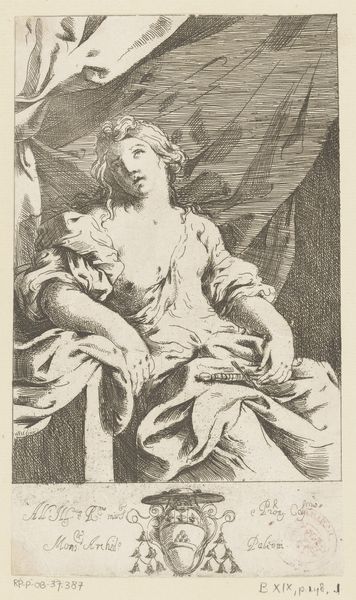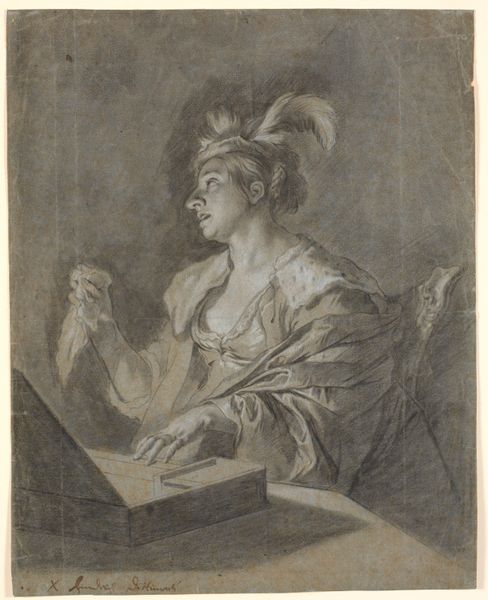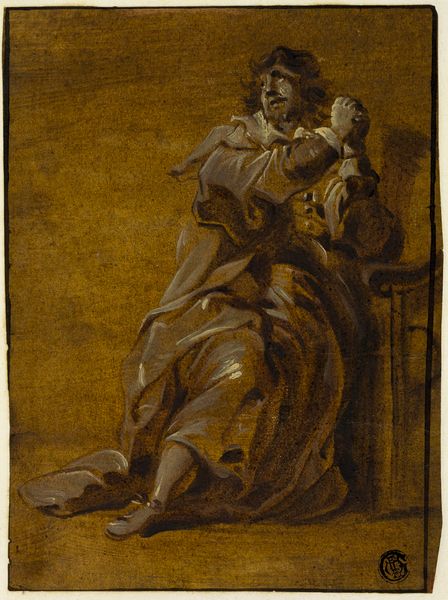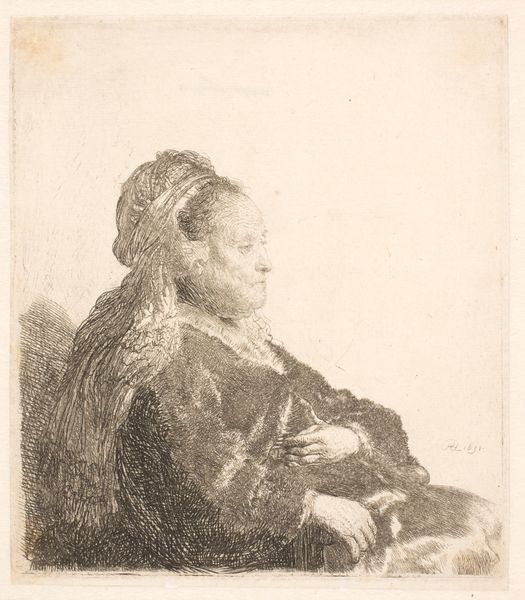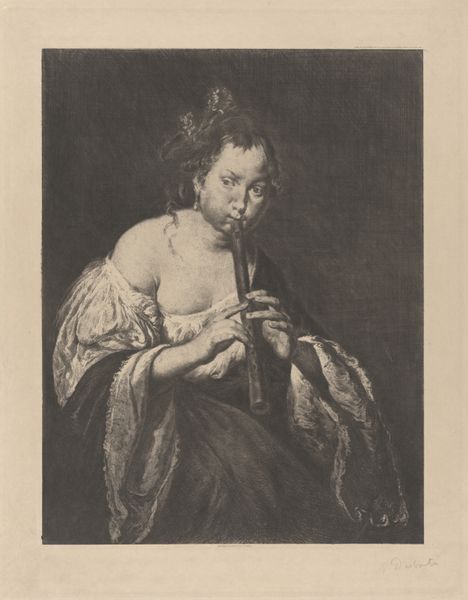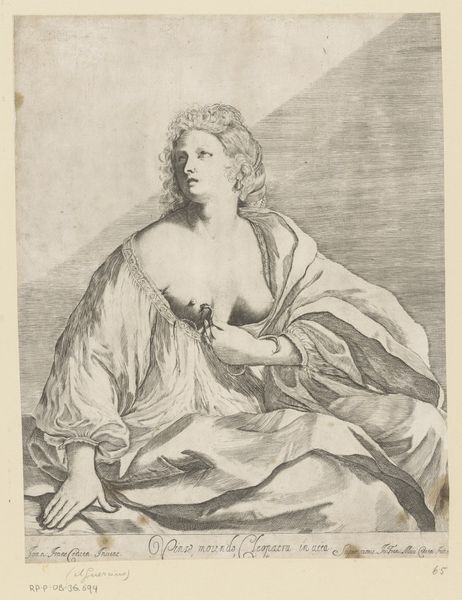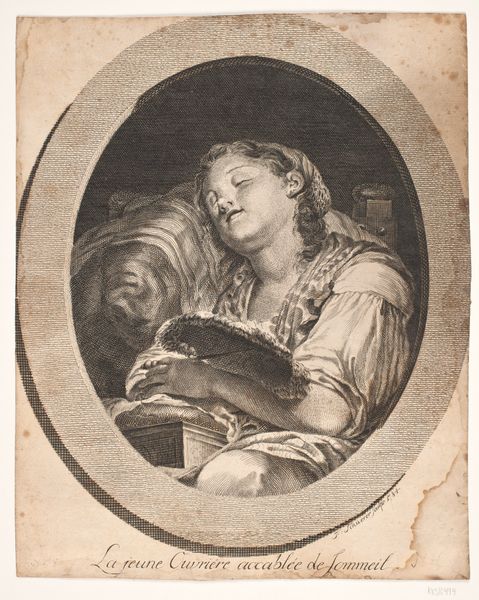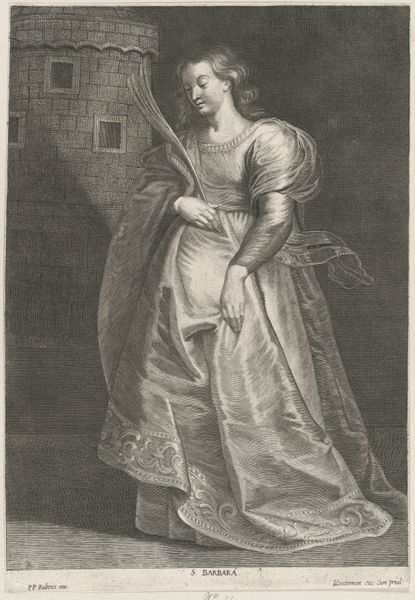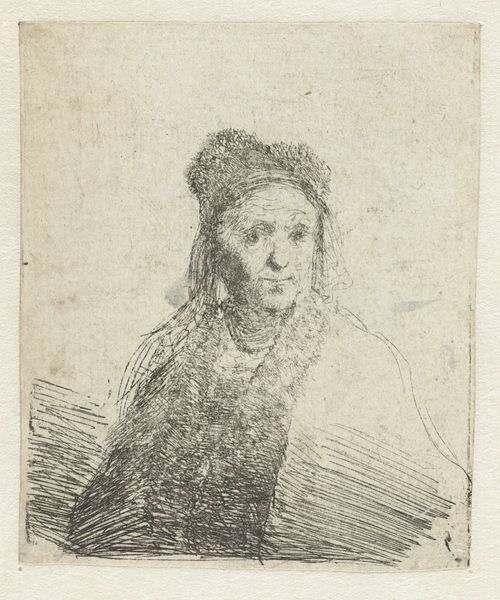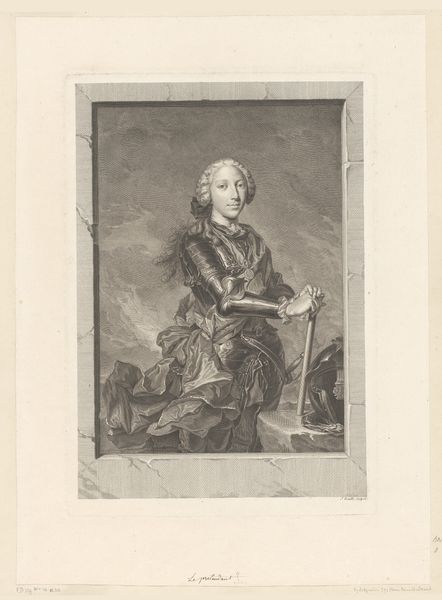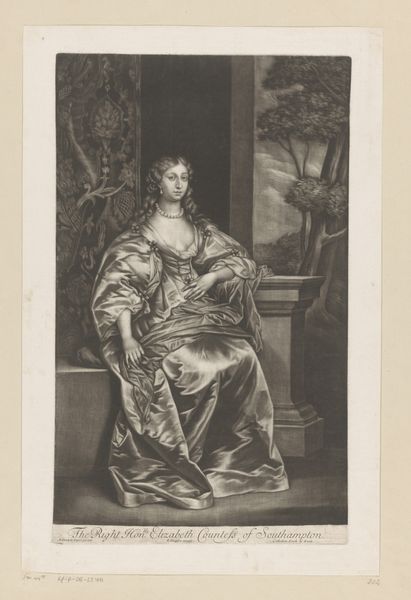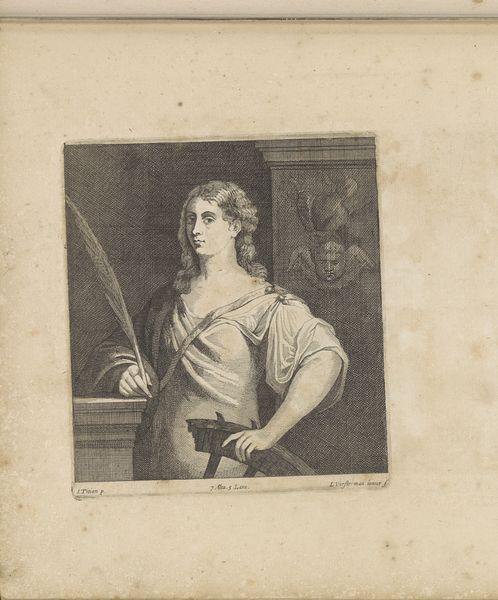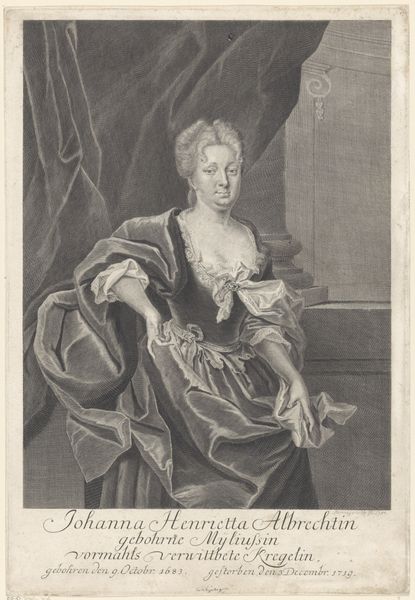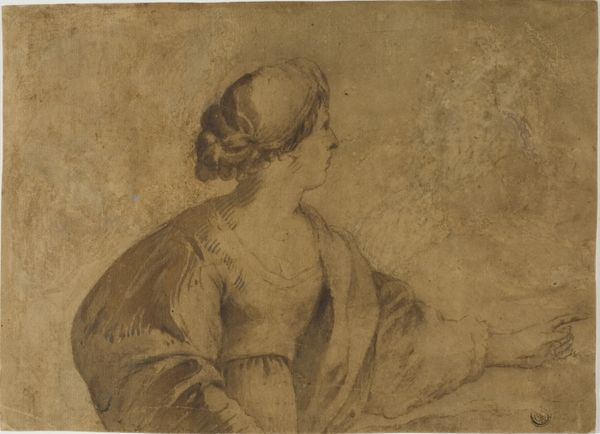
oil-paint, oil
#
portrait
#
baroque
#
character art
#
oil-paint
#
oil
#
genre-painting
Dimensions: 28.8 x 22.8 x min. 0.4 cm
Copyright: Public Domain
Editor: This is Jacob Ochtervelt’s “Cavalier at an Open Window,” painted in 1668 with oil on canvas. I’m struck by the quiet intimacy of the scene. What symbols do you find particularly interesting? Curator: The window itself. Windows, across art history, are powerful symbols. Consider their inherent duality: they frame a view *outwards*, promising connection, adventure. Simultaneously, they are boundaries, suggesting enclosure or observation. What's being offered...or withheld? Editor: So, is the figure looking *out* or are we, the viewers, looking *in*? Does it matter? Curator: It absolutely matters. The hat in his hand…it's limp, not proudly worn. What does that suggest about his state of mind, his societal role? The Dutch Golden Age was a time of immense social upheaval; class mobility was shifting the semiotics of dress. He is not fully “in” either space - not in the outside world and not quite at rest. Editor: That tension is very clear. The open window contrasts so starkly with the dark background, amplifying that sense of the unknown. Curator: Exactly! Think of chiaroscuro, common during the Baroque, as more than just highlighting drama. It becomes a potent signifier. Light and shadow frequently embodied good and evil. Does this speak to moral ambiguity of the scene or even, the “cavalier” himself? Consider the presence or absence of virtue and vice. Editor: This gives me a whole new perspective on Ochtervelt’s choice to focus so intently on the space *around* the figure, rather than the figure alone. Thank you! Curator: My pleasure! Thinking symbolically can add layers to our viewing, and makes art resonate in unexpected ways.
Comments
No comments
Be the first to comment and join the conversation on the ultimate creative platform.
